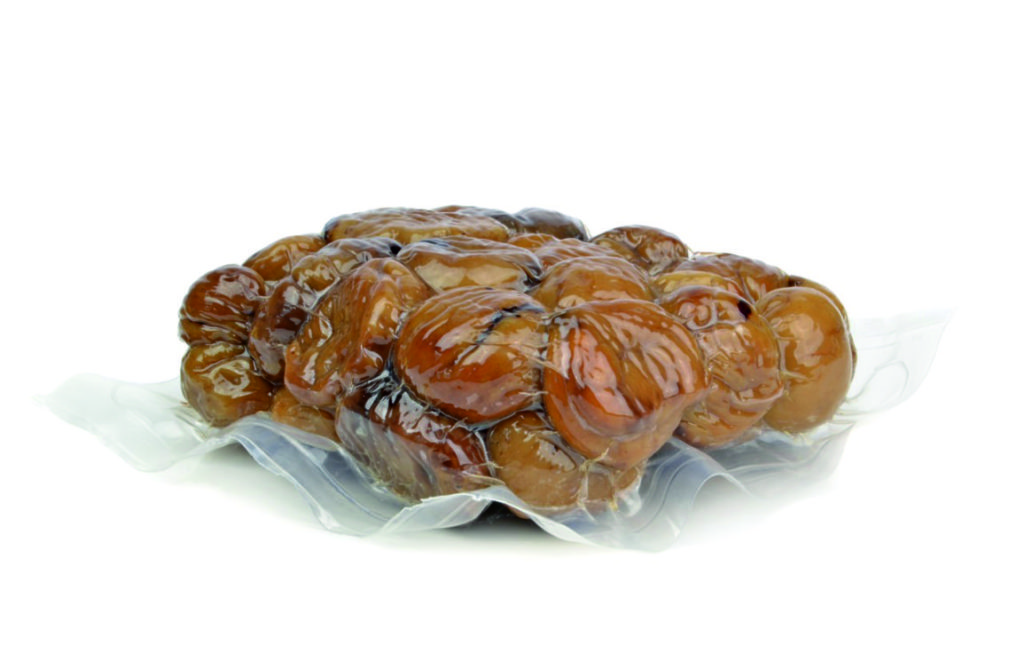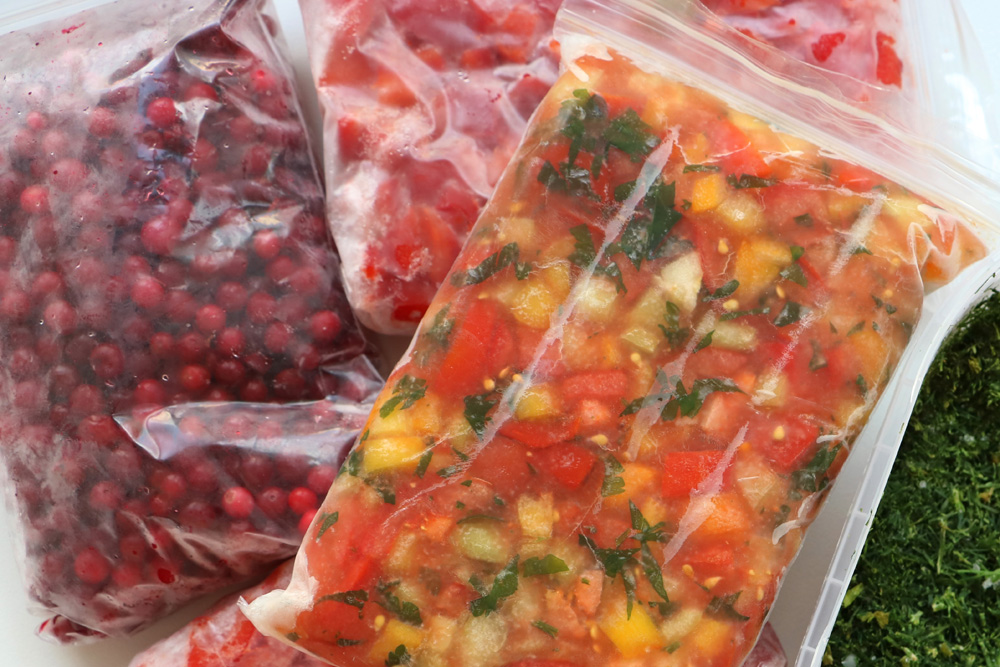The global market for high barrier films for food packaging is estimated to be worth US$ 2.3 billion in 2022. This article talks about the market’s dynamics and potential through five-year forecasts. It includes biodegradability and permeation coefficients as well as environmental impact. The article provides the key factors influencing the market growth. This article is essential for anyone interested in the growth of the food packaging industry.
Multilayer Barrier Film – Features and Applications
Multilayer high barrier film has several important advantages over traditional films. This material is made up of multiple layers of plastics of different types. This heterogeneous mixture makes multilayer film composites difficult to recycle. The first step in mechanical recycling is shredding the film into small flakes. Next, the regrind is melted to create a mass. This mass is then granulated. The central barrier layer may comprise polyamide layers with a significant solution viscosity. Additional polyamide layers may have a thickness of one to ten microns. These layers may also be blended with EVOH layers. The resulting multilayer high barrier film may be as thin as 40 microns. This makes it suitable for use as a protective barrier for a variety of applications.
A multilayer high barrier film may have a second, thin outer layer that extends from the first layer. This outer layer can be made heat resistant. Another option is a sealant layer. The tie layer is bonded to the outer layer of the film.
Another important parameter to consider is the thermal stability of the barrier film. Its thickness is directly related to temperature. It is possible to achieve excellent barrier properties only when perfect control of structure and deposition thickness is obtained. While some films exhibit good barrier values, others display significant defects. A multilayer high barrier film’s performance is strongly dependent on the number of defects.
A multilayer high barrier film is used for secondary packaging of dairy and meat products. It is also used as a bottom film for shallow soft thermoforming. The outer layer is made of PET, which provides excellent heat resistance and optical properties. The polyamide layer, on the other hand, provides excellent strength and retardation against oxidation processes. These features of multilayer high barrier film have made it an excellent choice for food packaging.
Permeation Coefficients in Barrier Film
Diffusion is the slowest step in the permeation process, but it is also closely related to the rate of gas transmission through the films. In the same way, the permeability coefficients of different films depend on the diffusion coefficients of the gases. The ratio between the diffusion coefficients of different films and the rate of gas transmission determines the film’s permeability coefficient. As the ratio of diffusion coefficients increases, the barrier film’s permeability increases.
The permeation rate of a film varies according to its thickness, density, and surface roughness. The barrier film’s thickness affects its permeation coefficients. The thinner the film, the higher the permeability coefficient. The higher the surface roughness, the less permeation it permits. However, higher density films are generally more resistant to gas diffusion. Therefore, their barrier properties are more stable under higher temperatures.
The permeability coefficient of a high-barrier film is a measure of the amount of gas that passes through. The measurement of the permeation coefficient reflects the proportion of the permeant in the film. This permeability value is often reported in terms of the Vapour Transmission Rate (VTR), which is expressed in grams of water per square meter per day.
Biodegradability of High Barrier Film
Biodegradability is a key feature of any plastic product and is an essential consideration when sourcing the materials to produce it. The material should not only meet all the requirements for safe handling but also be biodegradable and fully recyclable. Biodegradable films are available for both food packaging for cosmetics and personal care. To increase the biodegradability of plastic products, some manufacturers apply a metalized barrier layer on one side of the film. This improves the barrier properties of the film, independent of the base film thickness. The barrier layer is prepared from a biodegradable polymer, and the combination of these materials produced a high barrier film with excellent transparency and roll quality and provides high barrier protection with excellent machinability. Its nano coating provides high gloss and superior optical clarity.
Typical applications include food packaging, fresh food, shelf-stable food, household products, and personal care products. There are biodegradable polymers that can be biodegradable and compostable. Various changes and modifications to the packaging materials can be made without departing from the scope of the invention. And, the biodegradable high barrier film is more advantageous than the conventional versions.
Environmental Impact of High Barrier Film
The high barrier film is used in packaging medicinal products. It helps protect the product from environmental effects, improves shelf life, and is solvent-free. The film is impermeable and co-extruded. This makes it resistant to moisture, oxygen, and odour. High barrier films are also biodegradable. Therefore, it is suitable for packaging food products and other products that contain chemicals. The high barrier film is also recyclable and solvent-free.
The use of polypropylene barrier film is increasing in the European and North American markets.
Eco-friendly products can minimize the environmental impact of packaging. High barrier film can help reduce the total amount of packaging waste sent to landfills. This technology is more environmentally friendly than other barrier films. Further, it improves the recyclability of packaging.
The Bottom Line
Customized high-barrier film production is also possible. The film’s thickness, layers, and colour can be customized according to product specifications. Customized high barrier film can enhance branding image and personalization. Many companies offer high-quality products with low environmental impact. Further, high barrier films also have a low carbon footprint. With the right technology, high barrier film can help reduce greenhouse gas emissions and make packaging more sustainable.


